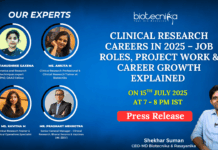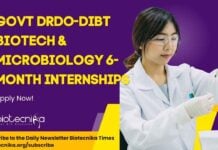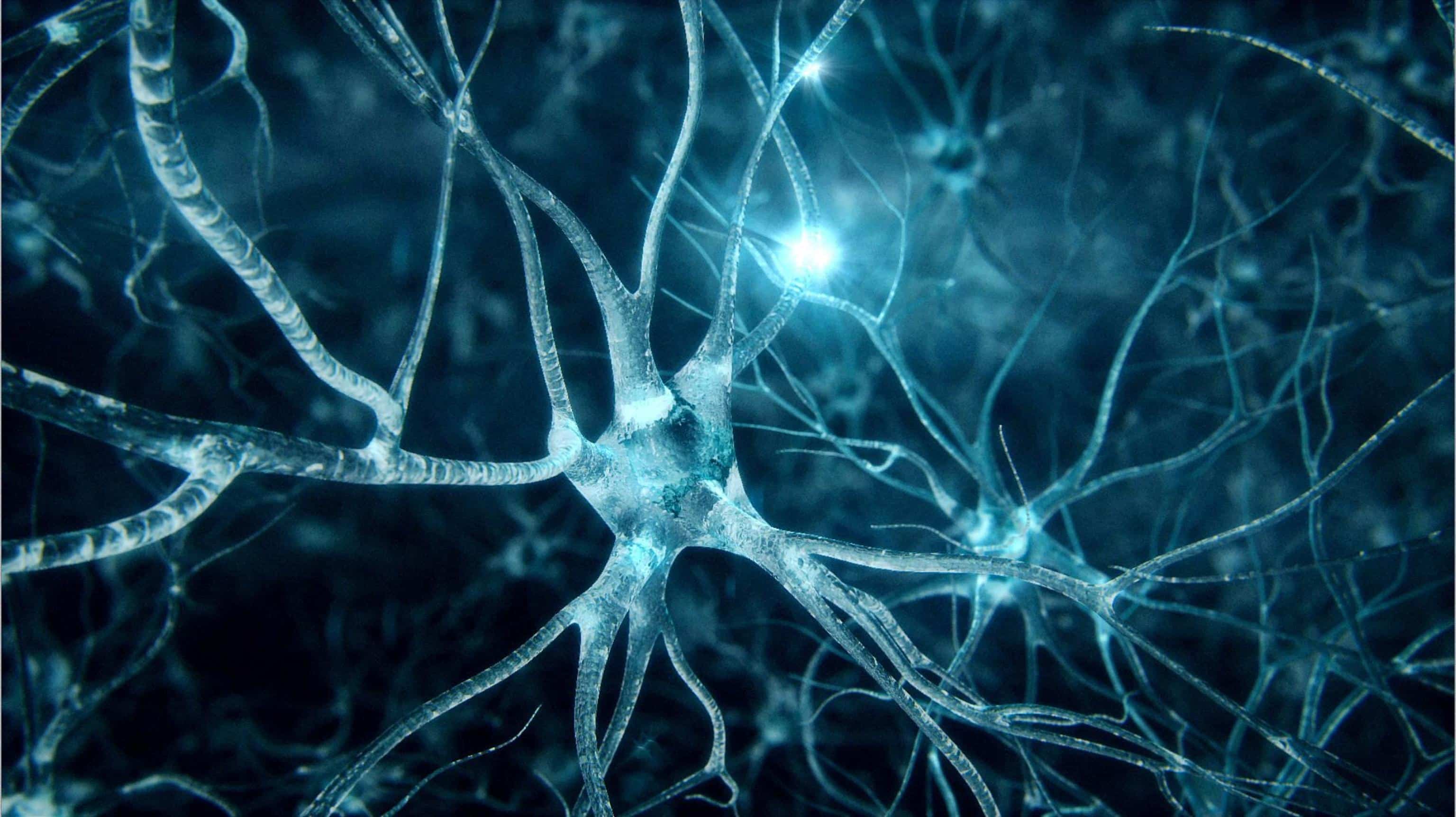AGS is an inflammatory neurological disorder. First described in 1984, AGS typically involves early-onset inflammation affecting the brain, immune system and skin. Its severity depends upon which genes are involved — there are six types — but usually results in pronounced physiological and psychological consequences, from microcephaly (an abnormally small head) and spasticity to skin and vision problems and joint stiffness, all appearing in the first year of life. The syndrome is progressive, resulting in death or a persistent vegetative state in early childhood. Currently, there is no cure; the only treatments are symptomatic or palliative.
Now, an international team of scientists have created a human stem cell-based model of Aicardi-Goutieres Syndrome (AGS) to be able to identify the underlying genetic mechanisms that drive AGS and test strategies to inhibit the condition using existing drugs. Furthermore, the findings point to the promise of future clinical trials and to the utility of creating novel stem cell-based models of human diseases when no other models are available.
“Our approach can now be used to investigate other neurological conditions, like autism and schizophrenia and overlapping autoimmune disorders that dysfunction in similar ways,” said Alysson Muotri, lead author of the study.
Digging deep into
the pathogenesis of the disorder, in the past, has been difficult owing to animal models being not able to accurately mimic the human version of the disease.Therefore, the team used embryonic stem cells and induced pluripotent stem cells (iPSCs) derived from AGS patients to create six cellular models of the condition. And from these iPSCs, they created cerebral organoids or “mini-brains” — larger clusters of neurons that organize themselves into a cortical structure, similar to a developing human cerebral cortex. The researchers found that with TREX1 not functioning normally, all of the cell models displayed excess extra-chromosomal DNA and that a major source of the excess DNA came from LINE1 (L1) retroelements. L1s are repetitive sequences of DNA with the ability to autonomously copy-and-paste themselves within the human genome. In the past, they have been called “jumping genes” and, because their function within cells is largely unknown, “junk DNA.”
In some of the AGS cell models created by the researchers, toxins from excess DNA built up. Others showed an abnormal immune response, secreting toxins that induced cell death in other cells. The combined effect in organoids was a massive reduction in neuron growth when the opposite should occur. “These models seemed to mirror the development and progression of AGS in a developing fetus,” said Muotri. “It was cell death and reduction when neural development should be rising.”
The researchers observed that this AGS pathogenesis was similar to a retroviral infection and leading to the testing of two existing HIV antiretroviral drugs in the process: Stavudine and Lamivudine. Both drugs resulted in reduced L1 and cell toxicity. Cell model growth returned in all cell types and in the complex, differentiated colonies of nerve cells that comprise organoids.
Muotri said the findings were illuminating and encouraging, providing a platform and impetus for further study of the pathology of neuroinflammation and drug discovery. “It’s important to note that while this work focused on AGS, nerve cells in schizophrenia show an overabundance of L1 elements — and there is an overlap with other autoimmune disorders.
“This is a great example of how a fundamental basic research could be rapidly translated into clinics. Are there analogous mechanisms at work in these different diseases? Is this modeling strategy relevant for better understanding and treating them? These are questions we will now pursue.”






























